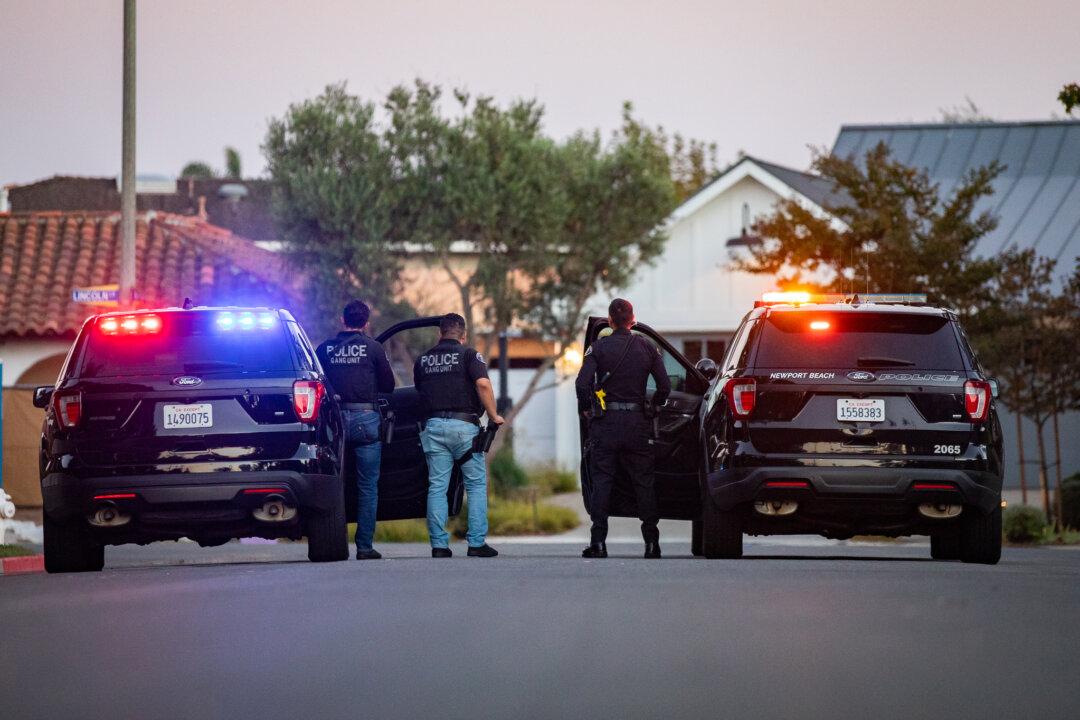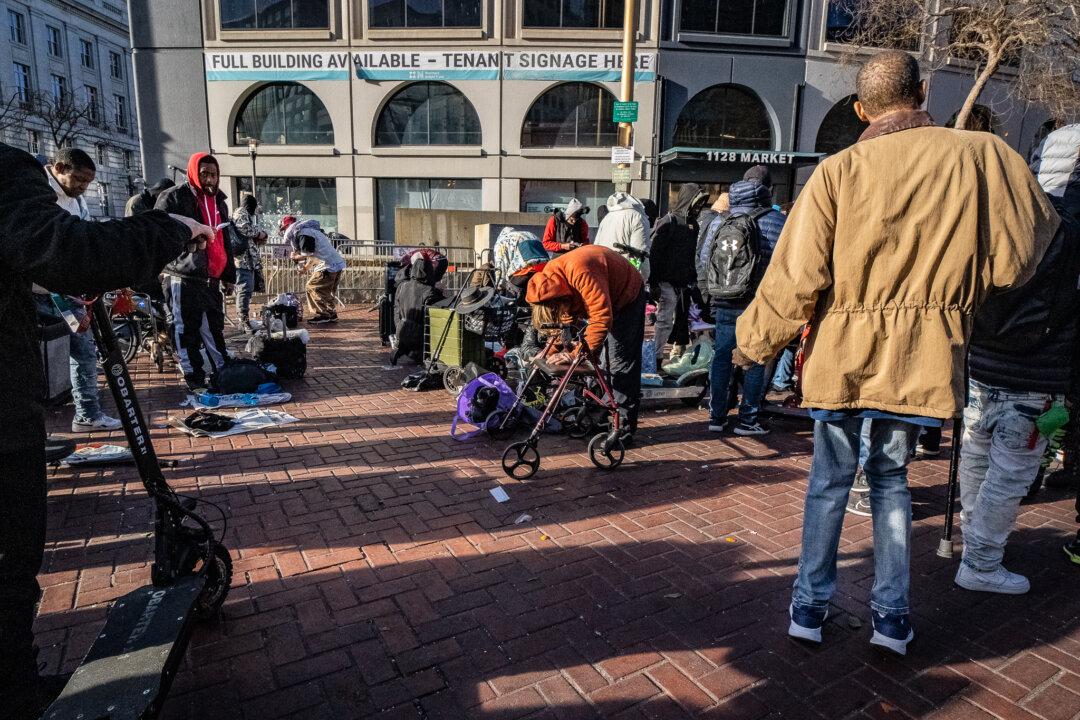LOS ANGELES—Myra Millan, manager of a 7-Eleven in Los Angeles, told The Epoch Times that working at the convenience store has become “scary, because you never know what is going to happen.”
The store, located in the 1800 block of West Olympic Boulevard, was robbed around 1 a.m. on Sept. 13. The Los Angeles Police Department (LAPD) said the suspect “waited in line, walked up to the counter, took out a handgun, and fired one shot over the counter.”





